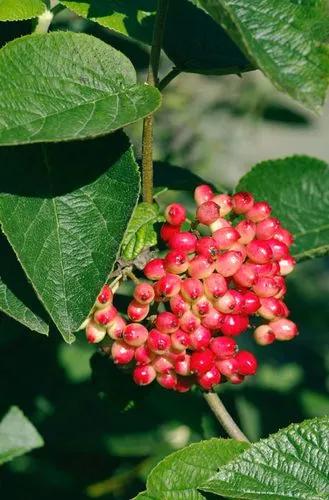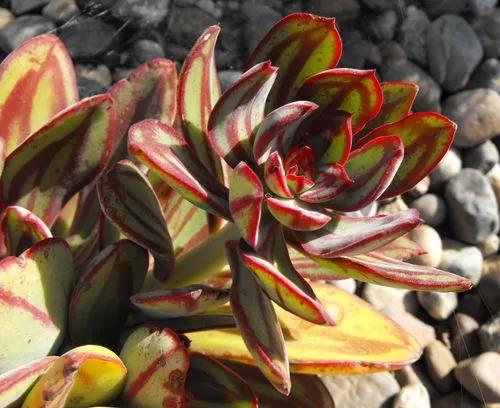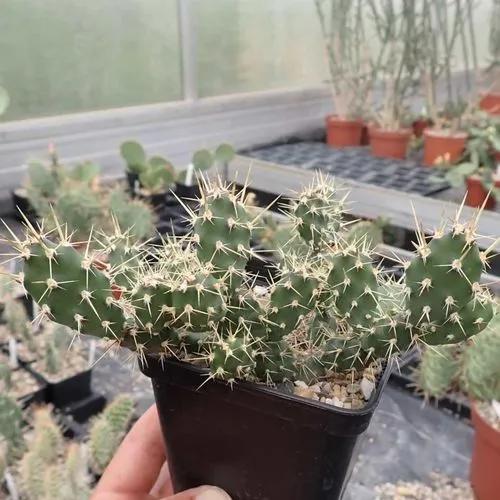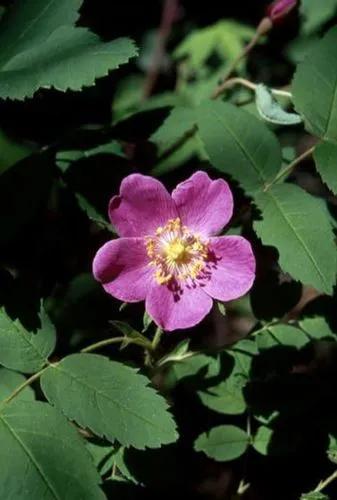Cephalanthus occidentalis is a species of flowering plant in the coffee family, Rubiaceae, that is native to eastern and southern North America. Common names include buttonbush, common buttonbush, button-willow and honey-bells.
Common buttonbush Care
Cephalanthus occidentalis
Other names: Buttonbush, Button Bush, Globe-flowered Bush, Honeybells, Little Snowballs, Swamp Globeflower, White Pond-dogwood, Button Willow



Cephalanthus occidentalis is a deciduous shrub or small tree that averages 1–3 m (3.3–9.8 ft) in height, but can reach 6 m (20 ft). The leaves are opposite or in whorls of three, elliptic to ovate, 7–18 cm (2.8–7.1 in) long and 4–10 cm (1.6–3.9 in) broad, with a smooth edge and a short petiole. Buttonbush is a common shrub of many wetland habitats in its range, including swamps, floodplains, mangrove, pocosin, riparian zones, and moist forest understory. It is a member of the flora in the Everglades. Buttonbush is cultivated as an ornamental plant for a nectar source or 'honey plant' and for aesthetics in gardens and native plant landscapes, and is planted on slopes to help control erosion. Buttonbush is a suitable shrub for butterfly gardens.
How to Care for the Plant

Water

Buttonbush needs to be planted in a moist place. It also may be grown in shallow water at the edge of ponds or large water gardens. Make sure the soil is never dry.

Fertilizer

Those plants that receive a light application of fertilizer once a year in the early spring are generally the most free flowering. Fertilizing is not neccessary though.

Sunlight

Full sun is preferred, but the plant tolerates partial sunlight too.

Soil

Preferring a moist, rich, fertile soil high in organic matter, this tolerates a range of pH levels from acidic to neutral. So far as the soil type is concerned, button bush grows well in a wide range from clay or loam to limestone. A peaty soil is considered ideal.

Temperature

The plant can be grown in the areas with the lowest winter temperature of −26.1°C (−15°F).

Popularity

528 people already have this plant 111 people have added this plant to their wishlists
Discover more plants with the list below
Popular articles






